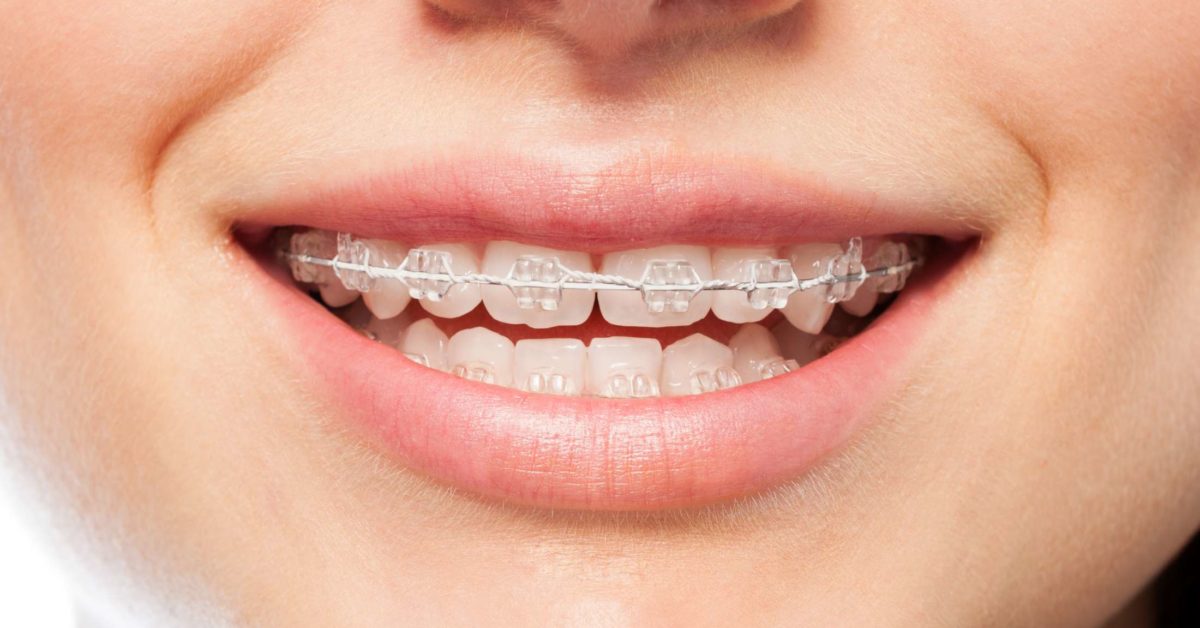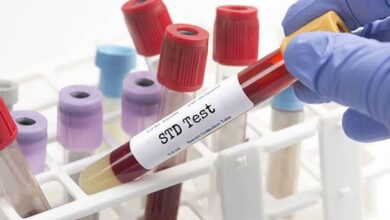
6 Types of Orthodontic Treatments

Orthodontics is a branch of dentistry that deals with correcting and improving teeth alignment. An individual who specializes in orthodontics is known as an orthodontist. Such individuals have been trained to treat all kinds of teeth, jaw, and face complications.
Different types of orthodontic treatments exist today. Some of the common types are; braces, teeth retainers, headgear, Invisalign, and orthognathic treatment. Which treatment method to choose depends on your orthodontic problems. After carefully examining your teeth and the underlying issue, the orthodontist will decide which treatment method to choose to treat your problem.
In this guide, we will discuss what orthodontic treatment is and which types of orthodontic treatments exist today. So, stay attached and continue reading this dental guide until the end.
Table of Contents
What is an Orthodontic Treatment?
Orthodontic treatment is a way of improving the appearance of your teeth. It can include moving, straightening, or just improving the way your teeth function. This treatment not only focuses on your teeth; instead, they also target your gums, jaws, and joints.
Orthodontic treatment is done because of different orthodontic hitches, including teeth crowding, crossbites, spacing, improper bites, impacted teeth, and inappropriate tooth eruption. In simple words, orthodontics focuses on improving all issues related to teeth and improving an individual’s smile.
6 Different Types of Orthodontic Treatments
The following are some of the best types of orthodontic treatments available.
1. Braces
Braces have been used in the dentistry industry for the past 100 years. Different types of metal braces are available, including clear braces, metal braces, and self-ligating braces., Furthermore, braces can either be fixed or removable. In orthodontic treatment, fixed braces correct or guide the teeth into the absolute position.
Dental braces put pressure on your teeth and move them in the desired direction. Braces are hardly noticeable and deliver excellent results in the minimum possible time. Although a vast majority get their braces when they are young; however, young adults can wear braces too.
2. Headgear
This is one of the least common types of orthodontic treatment and is implemented for people who need an alignment of their back teeth. However, this treatment also involves the front teeth and ensures that all teeth have been corrected appropriately.
A drawback of headgear is that it can only be worn in the evening or at night because it limits an individual’s ability to perform other tasks. Also, you must be extremely careful while using a headgear because if it is misused, it may cause your front teeth to protrude outwards.
3. Retainers
A retainer is a dental appliance primarily used in the final orthodontic treatment process. It can either be fixed or removable. Retainers are mostly custom-designed to meet the patient’s teeth and jaw structure. The function of a retainer is to hold teeth in place and ensure that the change is permanent.
Orthodontics suggests that retainers should be worn regularly if you want to achieve maximum benefit from these dental appliances.
4. Orthognathic Treatment
Orthognathic treatment is a surgery aimed at repositioning the jaws. This surgery is performed for individuals whose jaws are abnormally positioned and, as a result, their teeth lose alignment. This surgical procedure involves repositioning either one or both jaws.
5. Invisalign
Invisalign is a widely sued invisible aligner that offers countless benefits apart from being “user-friendly.” Invisalign is invisible and is removable; however, it is expensive compared to braces. Invisalign almost delivers the same effect as braces.
Teeth Removal
Although it is rare; however, tooth removal might become necessary for some complicated cases. Sometimes, teeth must be removed to ensure that other teeth get into the correct positions.
6. Teeth Extraction
Sometimes, an orthodontist may suggest teeth extraction before starting the treatment. Teeth extraction is usually done for children who still have their milk teeth. This treatment creates the space needed for permanent teeth growth. In addition, teeth extraction also ensures that the teeth grow properly and are in perfect alignment.








